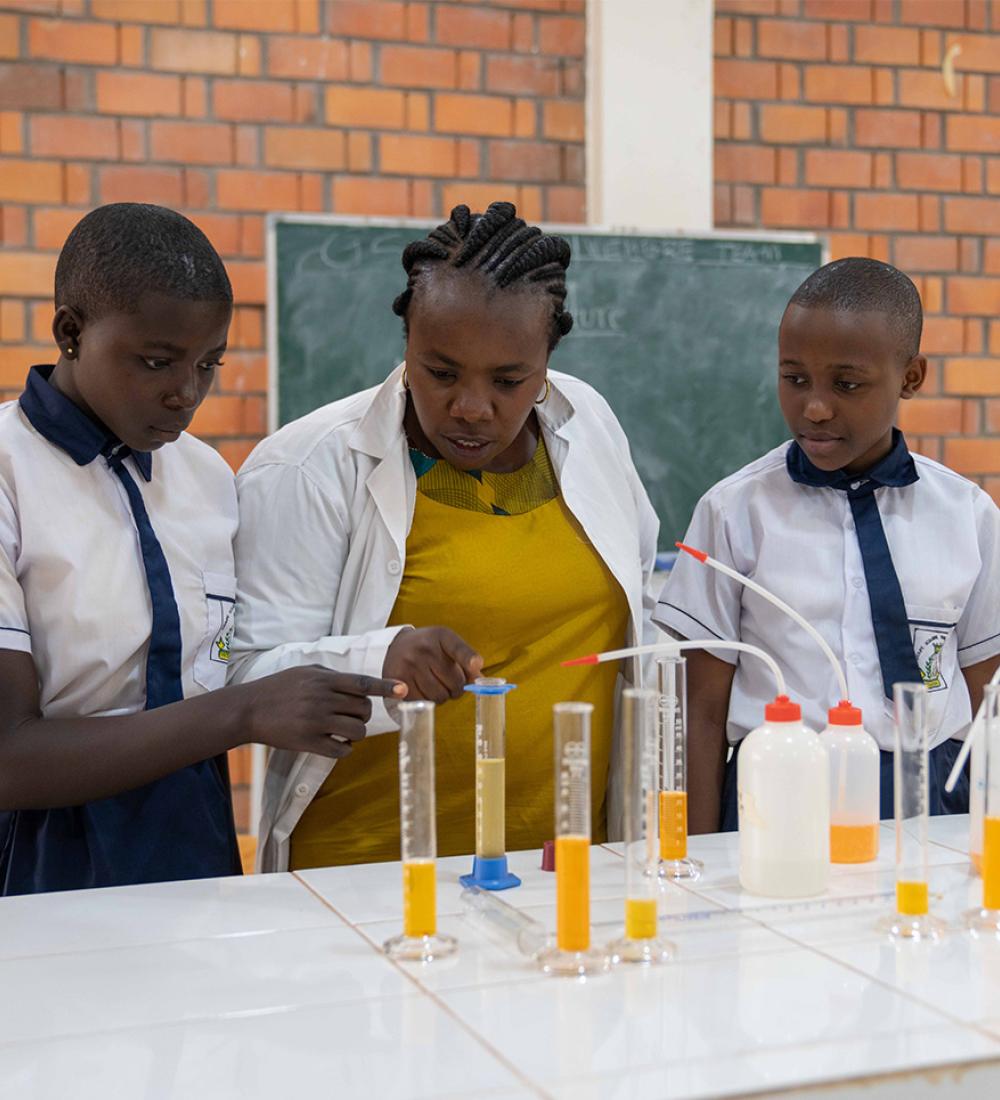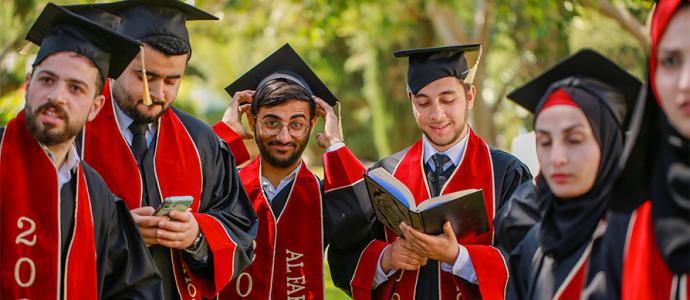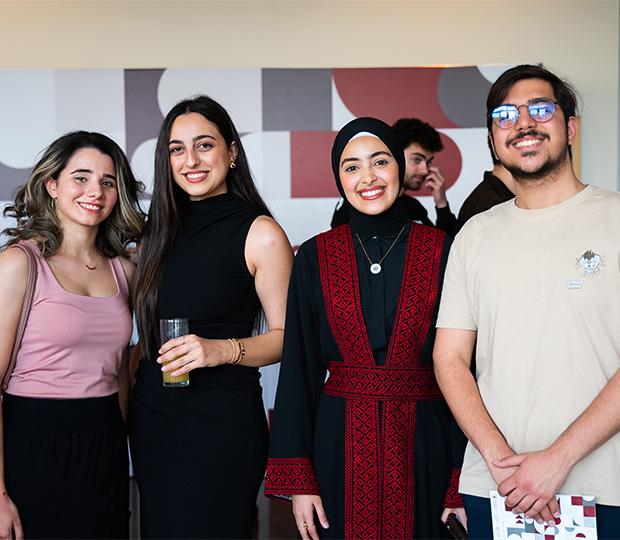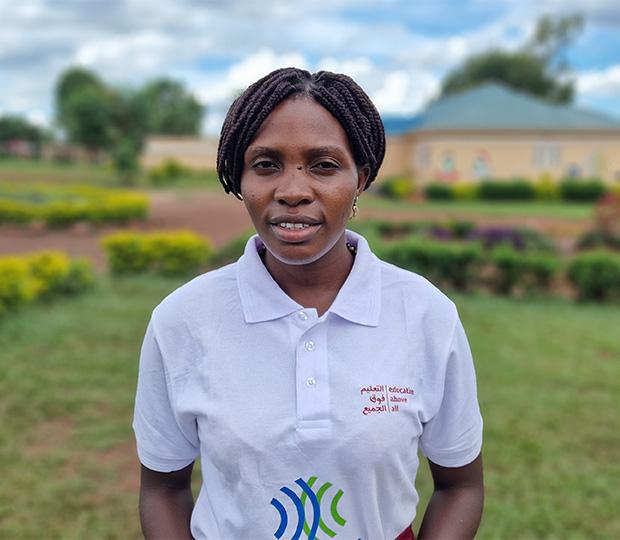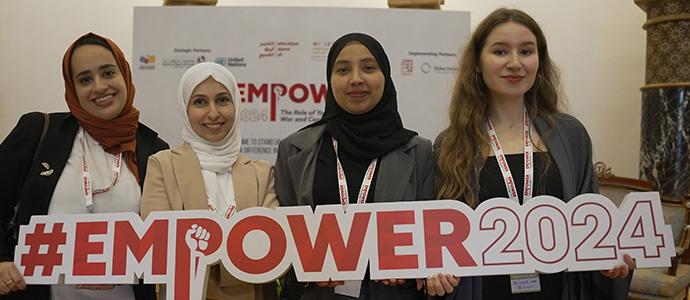Reaching marginalised children in Cambodia
Cambodian children are denied an education due to obstacles such as poverty, child work, minority group status, and gender. Children with disabilities are one of the most vulnerable groups in Cambodia, and are the least likely to go to school. Less than 10% of Cambodian children and youths with disabilities have access to any form of education.
EAC’s and AEA’s efforts in Cambodia address the range of obstacles children face and include support to children like 13-year-old Ratha Natra. Natra has hydrocephalus and was abandoned by his parents at birth. AEA’s partner, the Rabbit School, a Cambodian organisation that supports disadvantaged children and develops formal education programmes for children with multiple and severe disabilities, began working with Natra in 2008. “He was not able to walk or talk. He could not understand pictures. He could not use the toilet or get dressed,” recalls Hun Touch, a mediator for the Rabbit School. “He was so skinny, even after years of treatment. He was critically sick and had already had brain surgery twice.”
Natra’s caregivers and teachers at the Rabbit School developed an individual educational plan tailored to his specific intellectual and physical needs. Their work with Natra paid off: in 2012, he enrolled in the Rabbit School’s integrated classroom at Toul Kok public primary school. There, learning alongside non-disabled children, Natra learned to read and write words, to speak using three-word sentences and gestures, and to make simple calculations.
Today, Natra is healthy and strong. He enjoys reproducing his teachers’ handwriting in his own notebooks. He can also walk by himself. “He likes to help caregivers and teachers. He helps to clean the table, sweep the floor, or help his friends,” explains Hun Touch. “He is an amazing little boy.
”Although Natra has only just started his formal academic journey, his caregivers hope he will engage in vocational training and job placement by next year. “Natra is unsure about what he would like to do in the future. But some teachers here are confident he could be a teacher or a driver,” says Touch.
The partnership between EAC and AEA is an example of EAC’s commitment to reach the most marginalised out of school children by partnering with local not-for-profit organisations. EAC identifies suitable partners and co-funds their efforts in priority countries to reach more children and get closer to the goal
of education for all.








